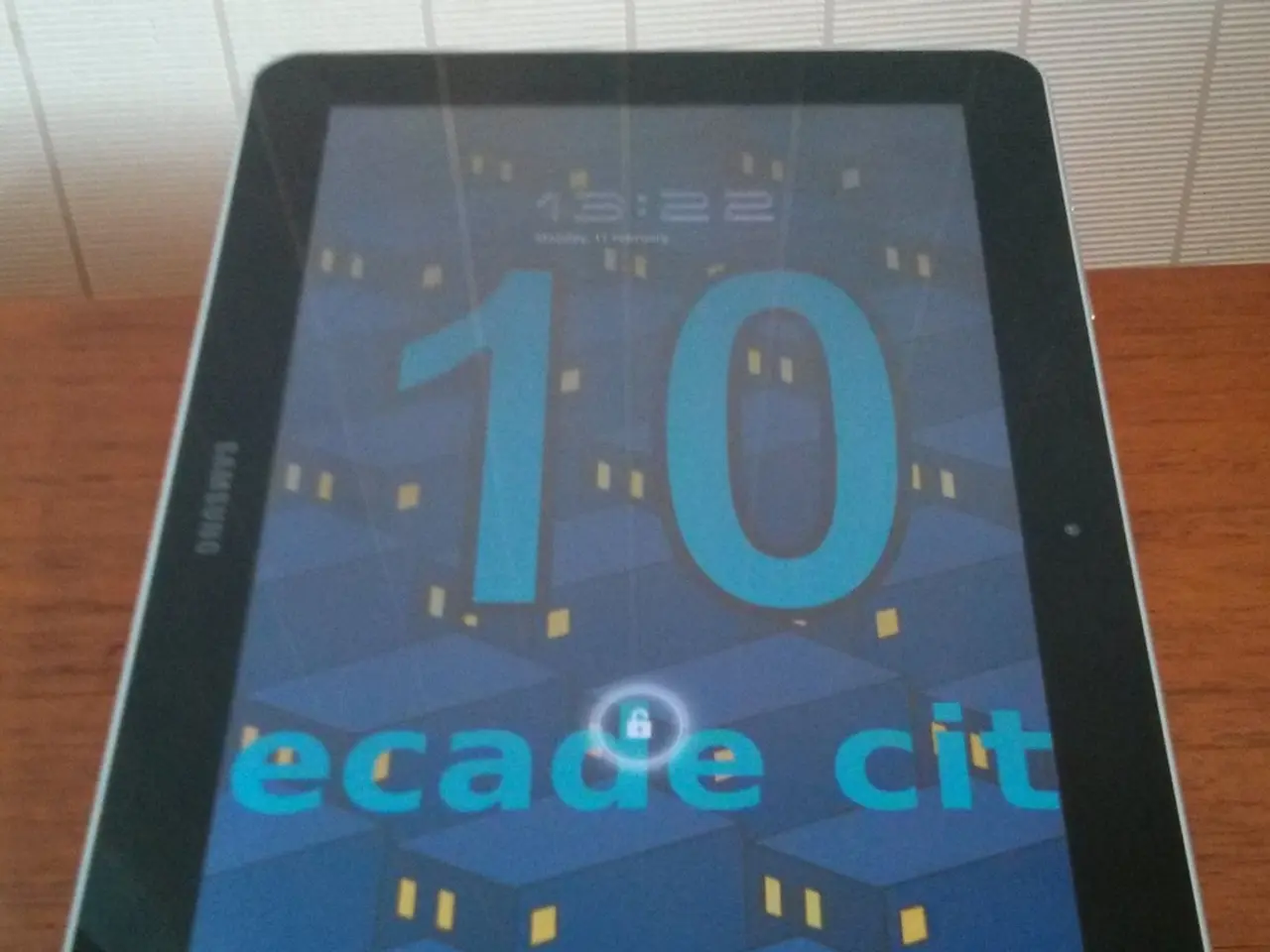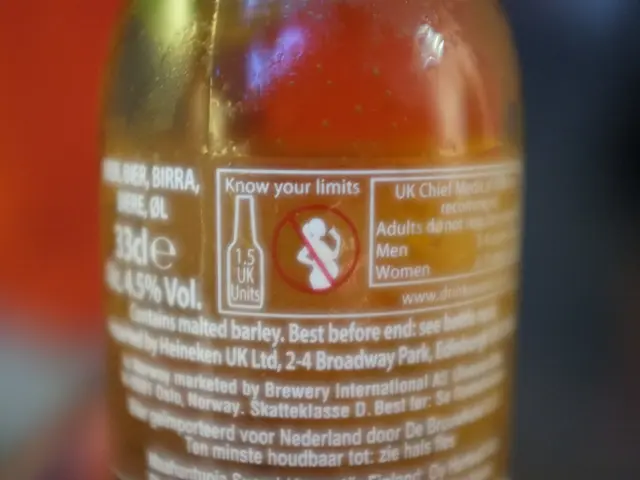The Immediate Moment We Perceive May Be Half a Second Behind Reality
Half-Second Delay in Conscious Experience: A Glimpse into the Workings of Our Mind
A fascinating aspect of human cognition is the half-second delay in conscious experience, a phenomenon that sheds light on the intricate relationship between our brains and the external world. This delay, rooted in complex processes such as synapse production, myelination, and bandwidth limitations, means that our awareness of sensory input or actions lags actual events by about 0.5 seconds.
The Constructed Reality of Our Consciousness
To maintain a coherent perception of reality, the brain backdates or reconstructs these experiences so that they appear simultaneous with real-time events, creating the illusion that we are aware instantly. This reconstruction affects perception and cognitive functions significantly.
- Perception: The mind compensates for the delay by projecting conscious experience backward in time, which means our conscious awareness is a reconstructed narrative, not direct real-time sensing.
- Reality: Our sense of reality is a constructed “user illusion” that prioritizes a coherent and relevant model over an exact immediate timeline. Consciousness presents a simplified, temporally adjusted representation of the world, which is essential for making decisions but not for initiating actions—consciousness "decides" after unconscious neural processes trigger actions.
- Cognitive functions: Decision-making, memory formation, and attention depend on this reconstructed timeline. The delay means that conscious thought is always slightly behind sensory input and motor commands, potentially influencing how we judge temporal sequences and react to stimuli.
Experimental Evidence of the Delay
Researchers use various experiments to observe and study this phenomenon. These include readiness potential experiments, temporal order judgment and synchrony tasks, psychophysical illusions and reaction time tasks, and neurophysiological studies.
For instance, Libet's experiment showed brain activity related to a movement occurring before participants reported deciding to move, suggesting a delay in conscious awareness of decision-making. The Cutaneous Rabbit Illusion demonstrates how the brain constructs experiences after receiving all inputs, clearly showing the delay in conscious perception.
Implications of the Delay
The half-second delay affects our understanding of voluntary actions and their relationship to conscious awareness. It creates a discrepancy between physical reality and our perception of it, raising questions about the nature of free will and the role of consciousness in decision-making.
Moreover, stimuli that are perceived for too short a period to be consciously recognized can still influence our behavior and decision-making, further complicating our understanding of the interplay between unconscious and conscious processes.
Understanding the delay in conscious experience provides valuable insights into the nature of perception, decision-making, and the complex relationship between our brains and the external world. These simple experiments and observations can help one gain a personal understanding of the delay in conscious experience.
[1] Koukouli, M. (2017). The Neuroscience of Consciousness: A Review. Frontiers in Psychology, 8, 631.
[2] Haggard, P., & Clark, A. (2003). The timing of consciousness in action: Evidence from the Libet paradigm. Consciousness and Cognition, 12(4), 579-599.
[3] Melloni, M., & Brozzoli, P. (2013). The neural mechanisms of consciousness: A review. Frontiers in Human Neuroscience, 7, 196.
[4] Tong, F. (2003). Neural correlates of visual awareness. Nature Reviews Neuroscience, 4(11), 805-816.





